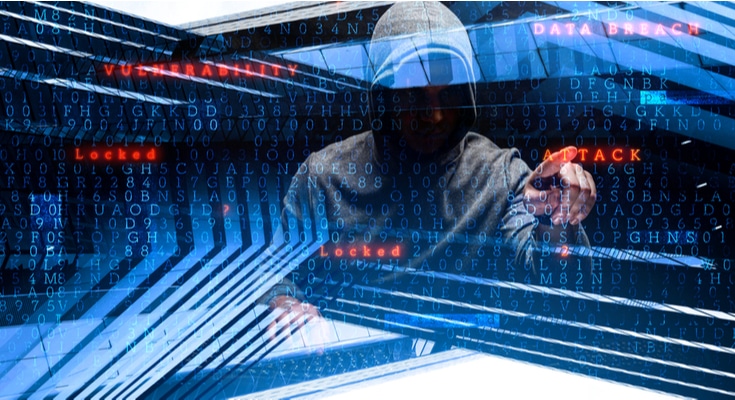Last month, an iPhone chipmaker in Taiwan sustained a cyber attack. The company had to stop the manufacturing process following the attack. Their security team couldn’t find out the nature of the attack at first. However, after weeks of investigation, they have termed a WannaCry variant responsible for the shutting down of the manufacturing plant.
The ransomware attack on the official chipmakers for Apple is another indication that cryptovirology can be used as a really deadly weapon by cybercriminals. It is still unclear if Apple will continue to work with the affected company. The company has completed the ransomware removal works and its production is back on its full capacity. Nevertheless, the ransomware attack has damaged the company’s reputation beyond repair.
The company hasn’t issued any public statement regarding how the attack happened and what were the demands of the attackers for ransomware removal. So, security experts can’t comment which WannaCry variant infiltrated the networks of the chipmakers and how the attack transpired.
The second advent of WannaCry
We all know how WannaCry wrecked havoc in the digital world last year by simultaneously affecting hundreds and thousands of devices. But after that colossal cryptovirological activity, it seemed like WannaCry operators had gone into hibernation.
Nevertheless, ransomware family is welcoming a new WannaCry variant. A couple of months ago, the WannaCry operators targeted Boeing operational facility in the US. Both of these WannaCry attacks are somehow linked to two of the top Fortune 500 companies.
There is no reimbursement for reputation
Companies getting affected by ransomware attacks have to face irreversible damages to their brand reputation. For them, paying the attackers for ransomware removal or doing it on their own is not a problem by any means. However, they can’t afford to get the tag of a ‘victim of a cyber attack’.




